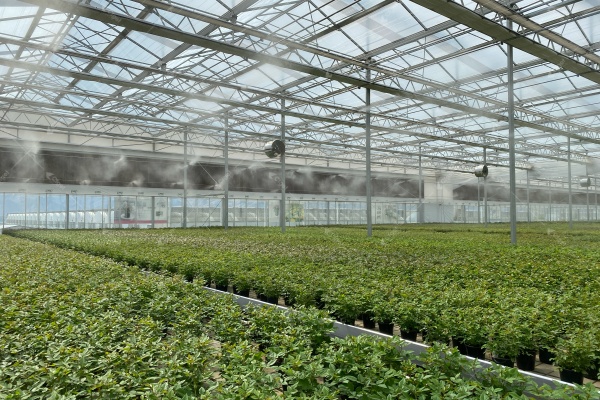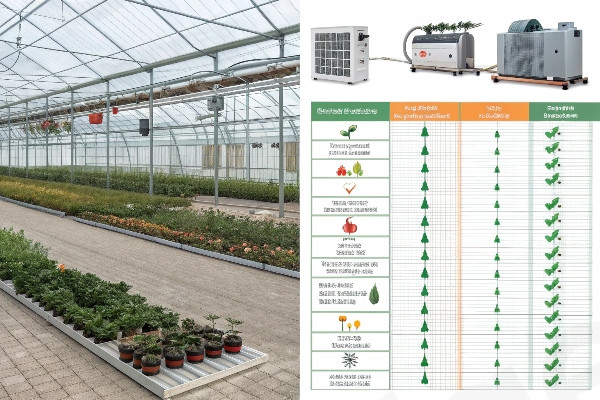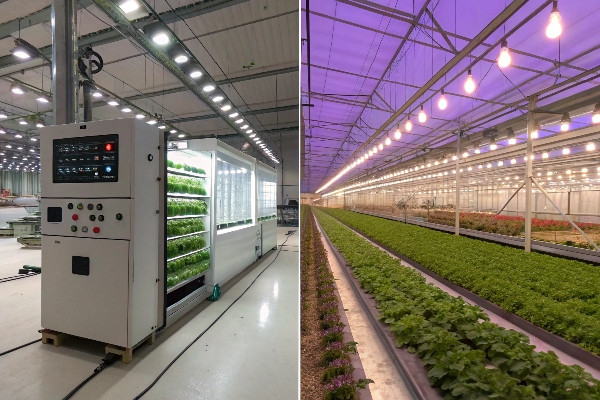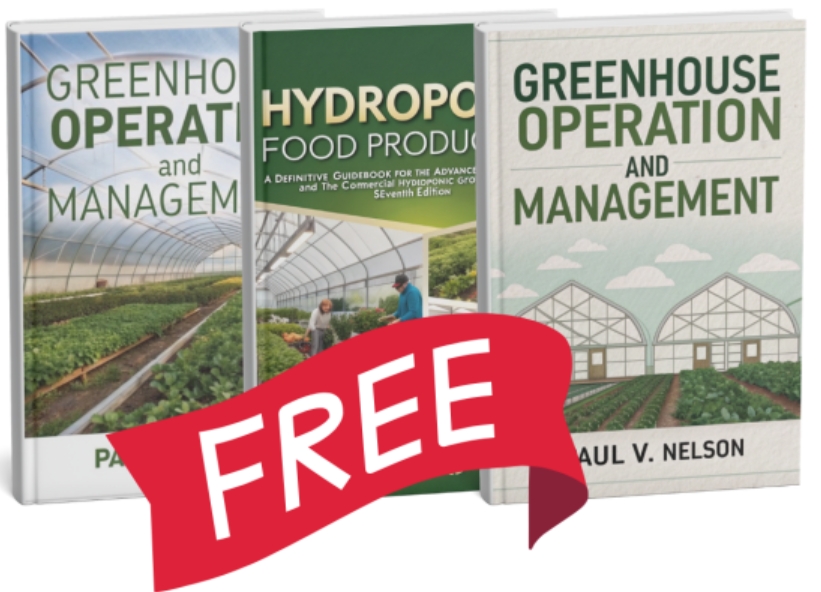Extreme heat destroys crops and profits. Traditional greenhouses fail in tropical climates. Smart cooling solutions save your investment.
Modern greenhouse cooling combines natural ventilation, active cooling systems, and strategic material choices to maintain optimal growing conditions even in temperatures exceeding 40°C, ensuring year-round productivity in tropical and subtropical regions.

Advanced cooling systems maintain perfect growing conditions in extreme heat.
After 29 years in greenhouse manufacturing, I have seen countless projects fail because growers underestimated the cooling challenges in hot climates. The difference between success and failure often comes down to three critical decisions: choosing the right cooling technology, selecting appropriate covering materials, and designing proper structural ventilation.
Active Cooling Systems: Application of Pad-and-Fan Systems in Extreme Heat?
High temperatures kill crops faster than any disease. Without proper cooling, your greenhouse becomes an oven. Pad-and-fan systems offer reliable temperature control.
Pad-and-fan cooling systems reduce greenhouse temperatures by 8-12°C through evaporative cooling, using water-saturated pads and exhaust fans to create continuous airflow that maintains optimal growing conditions even when outside temperatures exceed 45°C.

Pad-and-fan systems provide consistent temperature control in extreme conditions.
The pad-and-fan system works through a simple but effective principle. Water continuously flows over specially designed cooling pads while powerful exhaust fans pull hot outside air through these wet pads. As air passes through the saturated pads, water evaporates and removes heat from the air stream. This cooled air then circulates throughout the greenhouse before being exhausted.
I recommend installing pads on the windward side of your greenhouse and exhaust fans on the opposite end. This creates a pressure differential that ensures consistent airflow across the entire growing area. The key to success lies in proper sizing – you need approximately 0.1 square meters of pad area per square meter of greenhouse floor space.
Water quality directly affects system performance. Hard water clogs pads and reduces cooling efficiency. We always install water filtration systems and recommend regular pad cleaning schedules. In our Southeast Asian projects, we use specially treated cellulose pads that resist algae growth in humid conditions.
| Component | Specification | Maintenance Frequency |
|---|---|---|
| Cooling Pads | 15cm thickness, cellulose | Monthly cleaning |
| Exhaust Fans | 1.4m diameter, 40,000 m³/h | Weekly inspection |
| Water Pump | 2HP, corrosion resistant | Quarterly service |
| Distribution System | PVC with anti-clog nozzles | Bi-weekly cleaning |
Recommended Greenhouse Covering Materials: Pros and Cons of PC Sheets vs. Glass in Hot Climates?
Wrong covering materials turn your greenhouse into a furnace. Material choice affects temperature, light transmission, and energy costs. Smart selection saves money and crops.
Polycarbonate sheets outperform glass in hot climates by providing 85% light transmission with superior insulation properties, reducing cooling costs by 30% while offering impact resistance and UV protection that extends material lifespan to 15+ years.
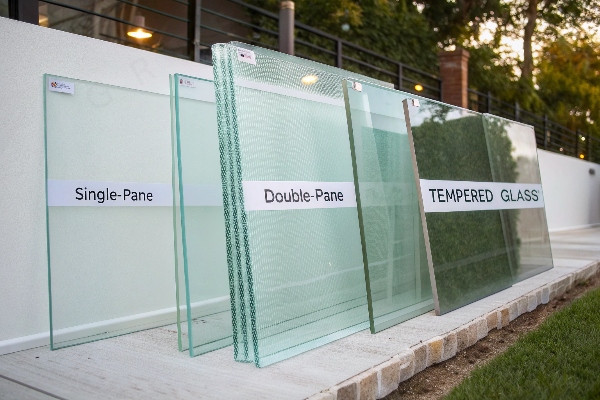
PC sheets offer superior thermal performance compared to traditional glass.
Glass has been the traditional choice for greenhouse covering, but polycarbonate sheets prove superior in hot climate applications. Glass conducts heat rapidly, creating hot spots and requiring more cooling energy. PC sheets provide better thermal insulation while maintaining excellent light transmission.
The cellular structure of polycarbonate creates air gaps that act as natural insulators. This reduces heat transfer by up to 40% compared to single-pane glass. In our Malaysian projects, greenhouses with PC covering required 30% less cooling energy than identical glass structures.
Light diffusion represents another crucial advantage. PC sheets scatter direct sunlight, reducing leaf burn and creating more uniform light distribution. This diffused light penetrates deeper into plant canopies, improving photosynthesis throughout the entire plant structure.
Durability becomes critical in tropical storms and extreme weather. Glass breaks under hail impact or structural stress. PC sheets flex without breaking and resist impact forces up to 250 times greater than glass. We have never had a PC panel failure due to weather damage in over 200 tropical installations.
| Material Property | PC Sheets | Glass | Advantage |
|---|---|---|---|
| Light Transmission | 85-90% | 90-92% | Glass (minimal) |
| Thermal Insulation | R-2.5 | R-1.0 | PC Sheets |
| Impact Resistance | 250x glass | Standard | PC Sheets |
| Weight | 2.5 kg/m² | 12 kg/m² | PC Sheets |
| Lifespan | 15+ years | 20+ years | Glass |
Why are High Tunnel Arch and Venlo-Type Greenhouse Structures Better for Hot Regions?
Low greenhouses trap heat and kill plants. Structure height affects air circulation and temperature control. Proper design creates natural cooling effects.
High tunnel arch and Venlo-type structures with 6-meter shoulder heights create superior natural ventilation through thermal buoyancy effects, reducing cooling system loads by 40% while providing optimal air circulation that prevents heat accumulation in tropical climates.
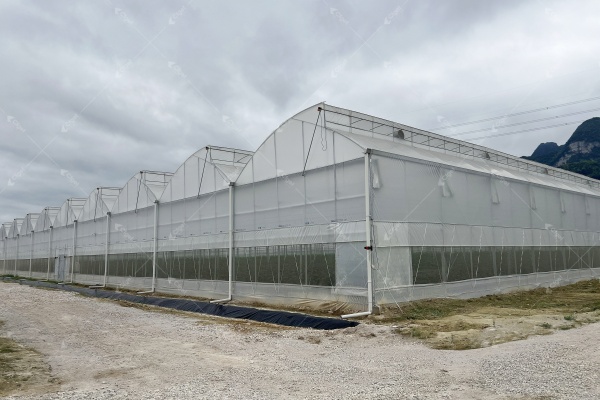
Tall structures enable natural thermal ventilation and heat dissipation.
Greenhouse height directly impacts cooling efficiency through natural thermal stratification. Hot air rises and accumulates at the roof level while cooler air remains at plant height. Standard greenhouses with 3-4 meter heights trap this hot air, creating oven-like conditions. Our 6-meter shoulder height designs allow hot air to rise well above the crop zone.
The arch design provides additional benefits through its curved profile. This shape creates pressure differentials that enhance natural airflow. Wind flowing over the curved roof creates low pressure zones that pull hot air from inside the greenhouse. Combined with strategically placed ridge and side vents, this creates continuous air exchange without mechanical systems.
Venlo-type structures excel in hot climates through their modular design and extensive glazing options. The sawtooth roof profile provides multiple ridge vents that create excellent natural ventilation. Each roof section acts as an independent ventilation unit, ensuring uniform air exchange across large greenhouse areas.
We maintain 6-meter shoulder heights in all our tropical projects because this height creates the optimal balance between construction costs and cooling efficiency. The additional volume allows for better air circulation while providing space for overhead cooling systems when needed. Plants receive consistent airflow at canopy level while hot air naturally rises and exits through roof vents.
| Structure Type | Shoulder Height | Natural Ventilation | Cooling Load Reduction |
|---|---|---|---|
| Standard Arch | 3-4 meters | Limited | 0% |
| High Arch | 6+ meters | Excellent | 40% |
| Venlo Multi-span | 5-6 meters | Superior | 45% |
| Gothic Arch | 6+ meters | Very Good | 35% |
Water-Saving Irrigation: Application of Drip Irrigation Systems in Arid and Hot Climate Greenhouses?
Water waste destroys profits in hot climates. Traditional irrigation increases humidity and disease pressure. Precision irrigation saves water and improves plant health.
Drip irrigation systems reduce water consumption by 60% in hot climate greenhouses while maintaining optimal soil moisture levels, preventing humidity-related diseases and reducing cooling system loads through precise water delivery directly to plant root zones.

Precision drip irrigation delivers water exactly where plants need it most.
Traditional overhead irrigation creates multiple problems in hot climate greenhouses. Water evaporation increases humidity levels, forcing cooling systems to work harder. Wet foliage encourages fungal diseases that thrive in warm, humid conditions. Drip irrigation eliminates these issues through precise water delivery.
The system delivers water directly to plant root zones through a network of tubes and emitters. This targeted approach reduces water waste while maintaining optimal soil moisture levels. Plants receive exactly the water they need without creating excess humidity in the greenhouse environment.
Automation capabilities make drip irrigation ideal for hot climate operations. Sensors monitor soil moisture levels and automatically trigger irrigation cycles. This prevents both under-watering and over-watering while reducing labor requirements. In our Dubai projects, automated drip systems reduced water consumption by 65% compared to traditional methods.
Fertigation integration provides additional benefits through precise nutrient delivery. Fertilizers dissolve in the irrigation water and deliver nutrients directly to root zones. This improves nutrient uptake efficiency while preventing fertilizer burn that occurs with surface application in hot conditions.
System design requires careful attention to pressure regulation and emitter selection. High temperatures affect water pressure and flow rates. We use pressure-compensating emitters that maintain consistent flow regardless of system pressure variations. Self-flushing emitters prevent clogging from mineral deposits common in hot climate water sources.
| System Component | Hot Climate Specification | Standard Specification | Performance Gain |
|---|---|---|---|
| Emitter Flow Rate | 2-4 L/hour | 1-2 L/hour | Better heat tolerance |
| Pressure Regulation | 1.5 bar constant | 1.0 bar variable | Consistent delivery |
| Filtration | 120 mesh minimum | 80 mesh standard | Prevents clogging |
| Tube Thickness | 1.2mm wall | 0.8mm wall | UV resistance |
Conclusion
Successful tropical greenhouse operations require integrated cooling solutions combining proper structure design, advanced materials, active cooling systems, and precision irrigation technologies.
